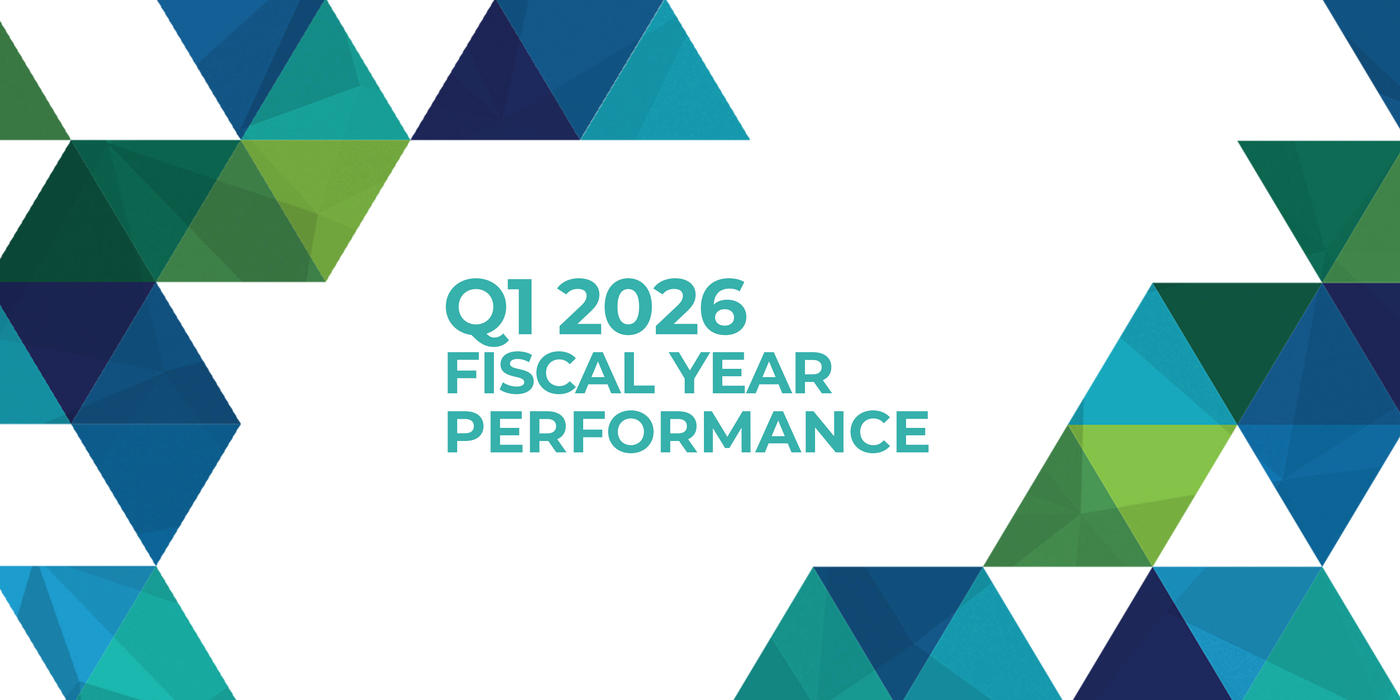While preparing for your Residency Match Day begins with the USMLE® exams, it is also important to understand how to rank order the right medical residency programs for you. With help from the National Resident Matching Program (NRMP), we’ll explain exactly how the matching algorithm works and how to make this process work best for you.
How the Matching Algorithm Works
The Matching Algorithm places applicants into their most preferred residency and fellowship positions. The algorithm initiates placement into a program based on the programs listed on the applicant’s rank-order list, not the program’s rank-order list. However, in order to be matched with a program, both the applicant and program must rank each other. The algorithm starts by trying to match the applicant with their first program choice – if their first program choice does not have the applicant ranked, the algorithm will move onto their second choice and so on until a match is made.
Sounds complicated? Not so much. There are several ways in which applicants can utilize this process to their best advantage.
How to Make This Process Work Best for You
According to the National Resident Matching Program (NRMP), to make the matching algorithm work best for you, create your rank order list in order of your true preferences, not how you think it will match. Since the matching algorithm places applicants based on their most preferred residency and fellowship positions, you should rank these programs based on where you’re actually interested in training, not based on where you think you have the highest chances. Ranking based on your assumed acceptance will only cut your chances of being placed into a program that you actually hope to match with.
Also, be sure to rank all acceptable programs where you would want to train in your preferred order. The more programs that you rank, the higher chances of being matched. Studies show that applicants with a short rank-order list have a higher likelihood of being unmatched.
For more information on utilizing the Matching Algorithm to your best advantage, visit the NRMP for an animated video.
How to Make the Medical Residency Matching Algorithm Work Best For You
October 11, 2017



